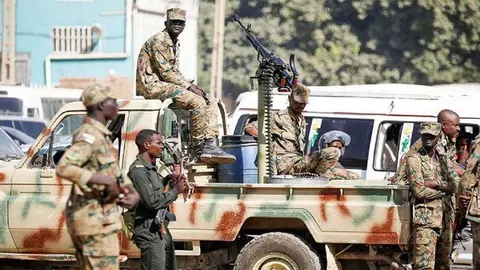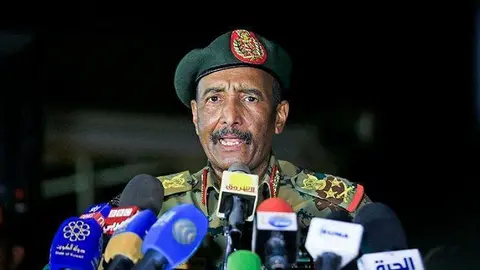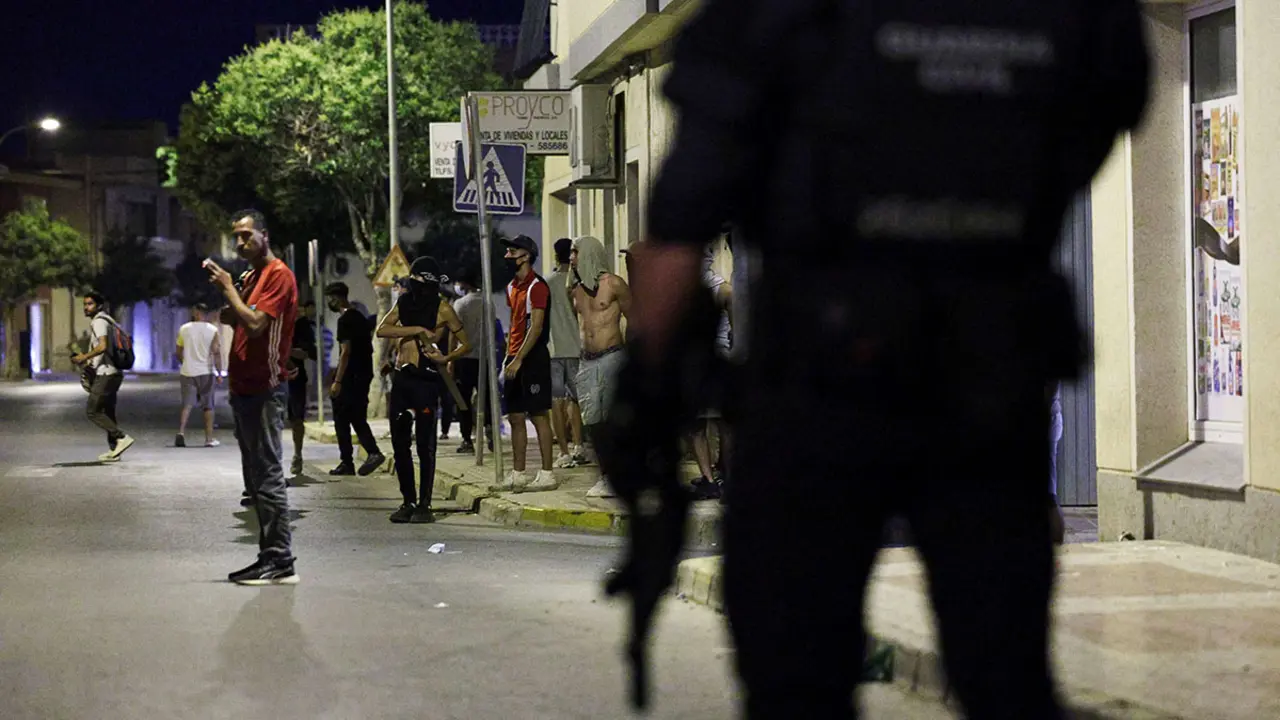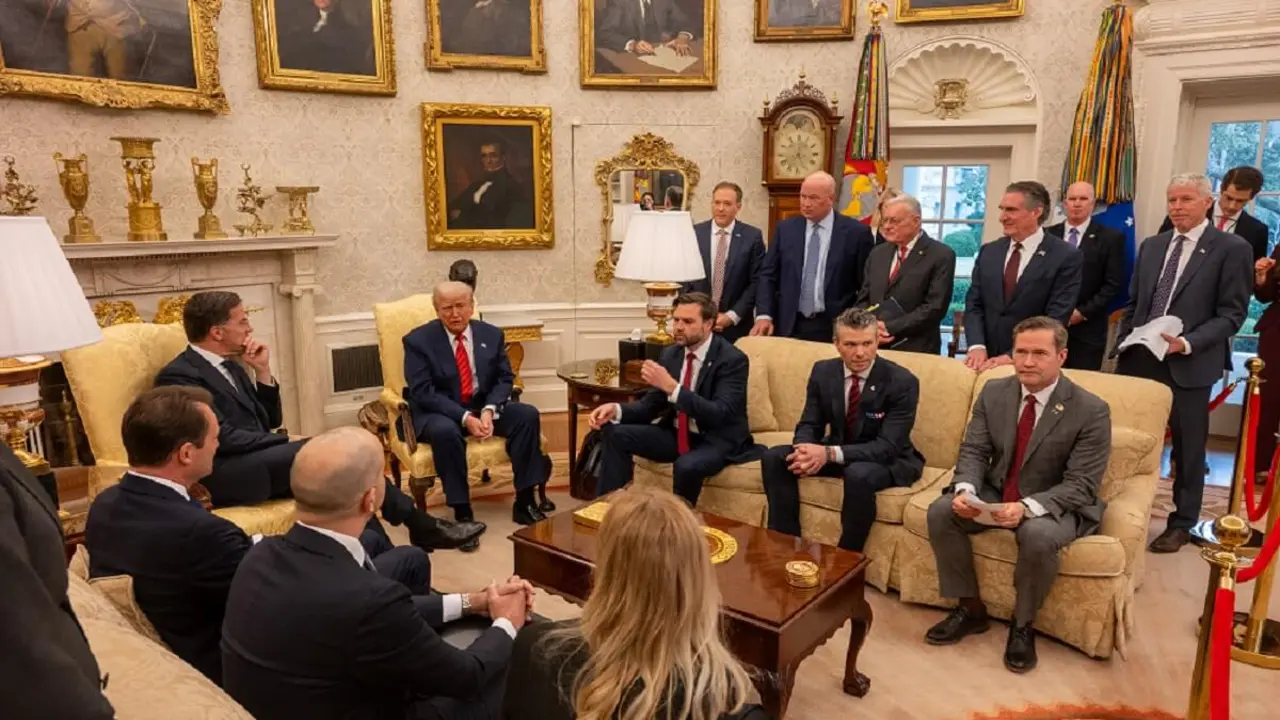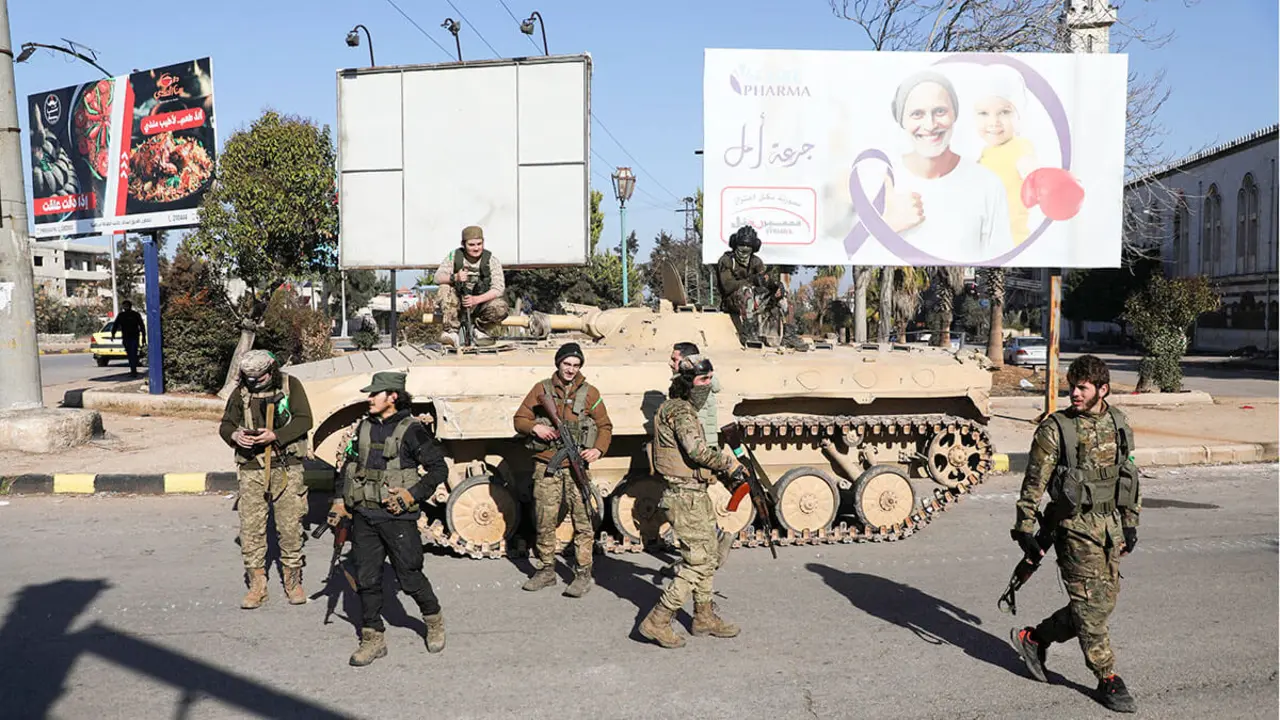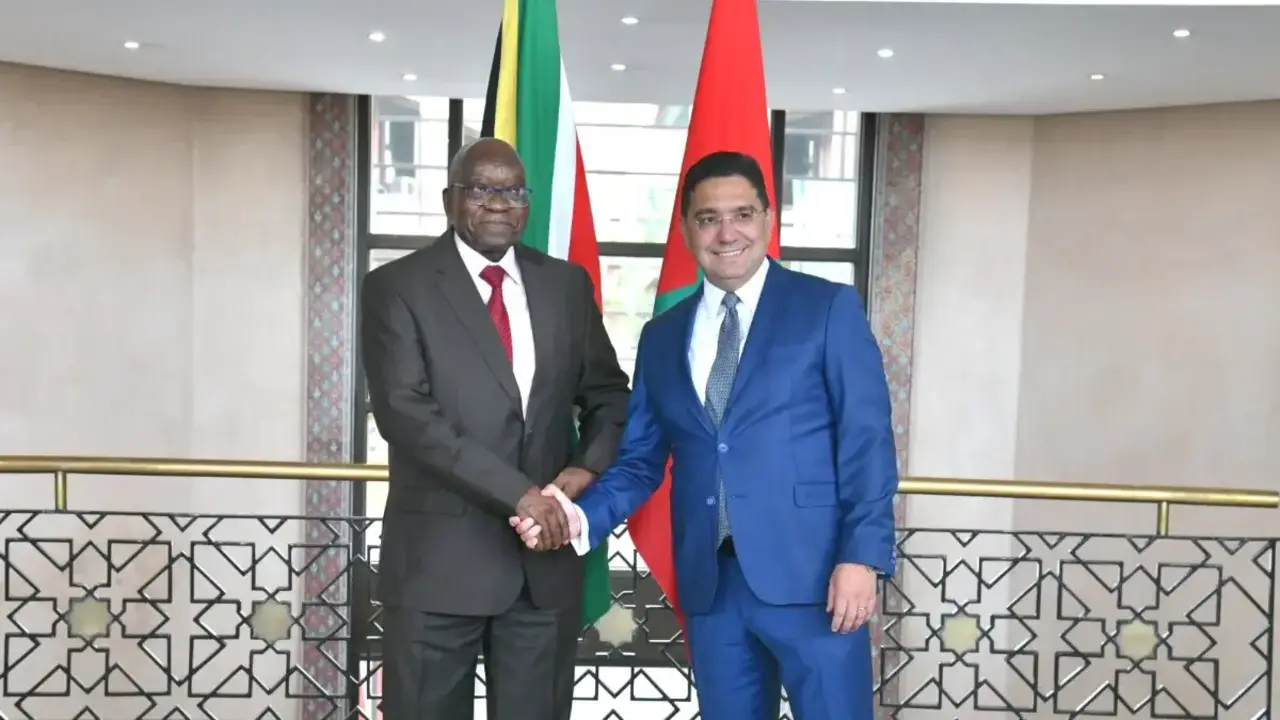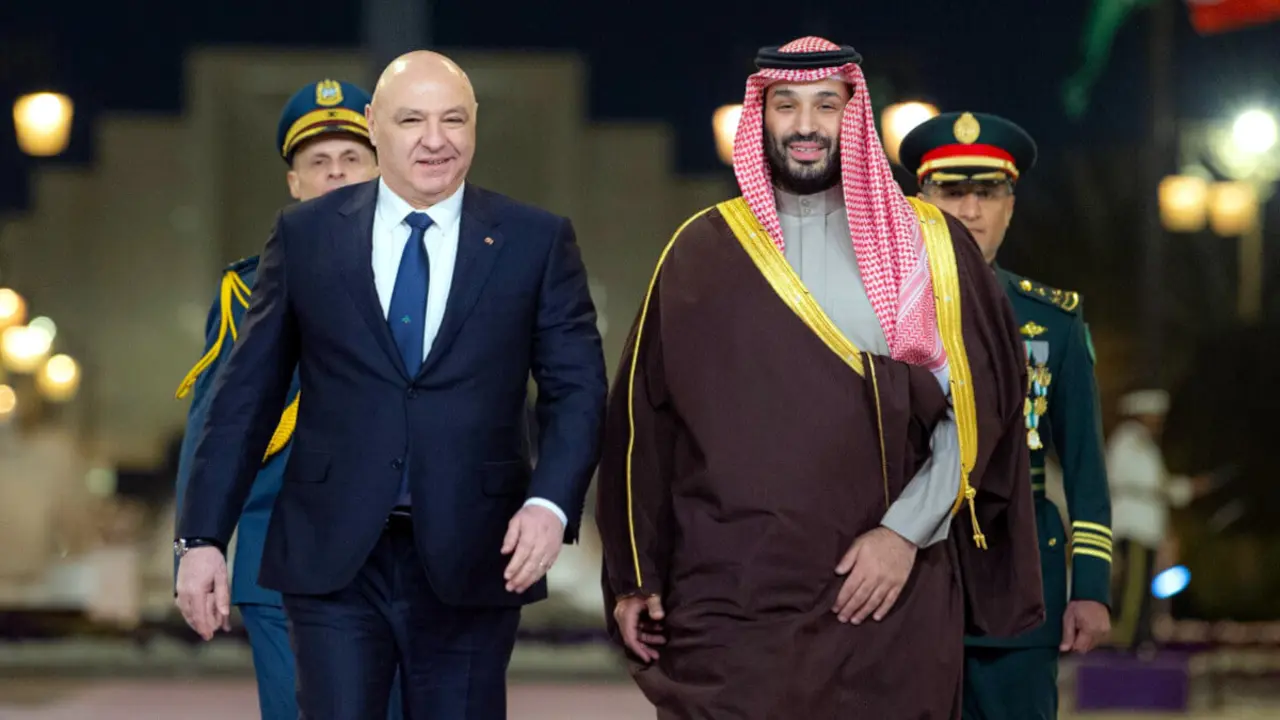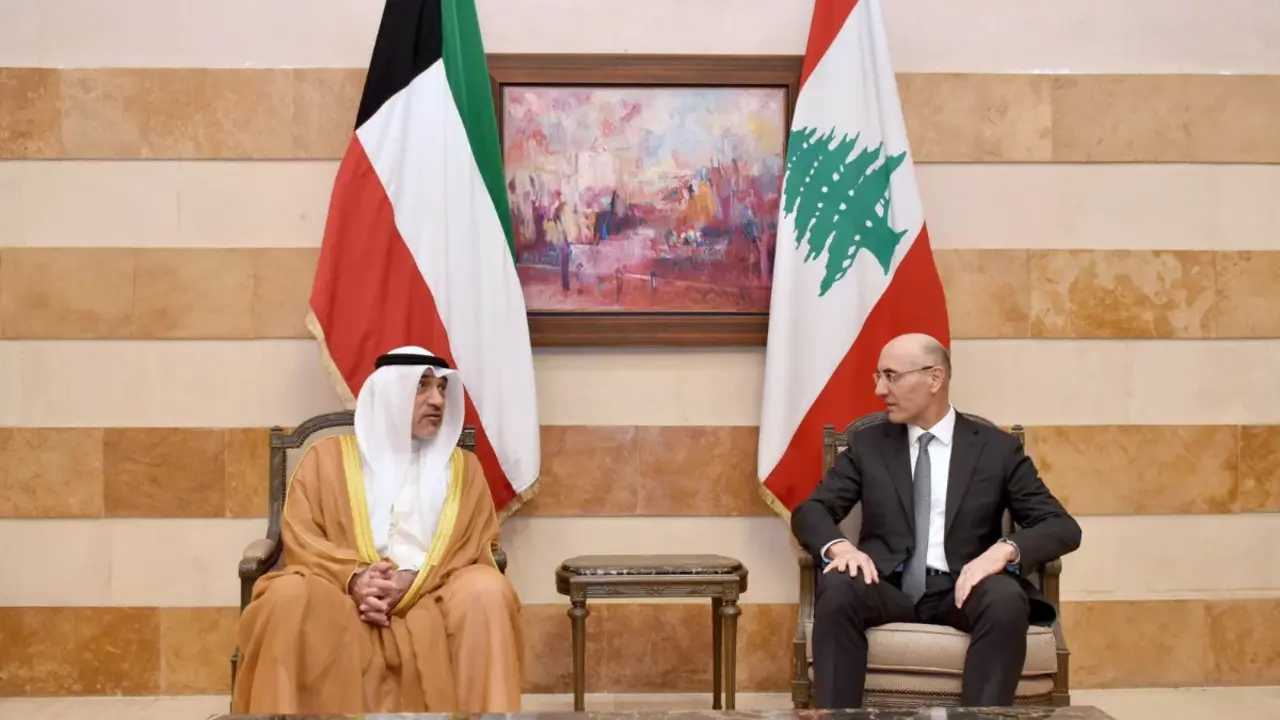Sudan war expands in south as siege of El Fasher continues
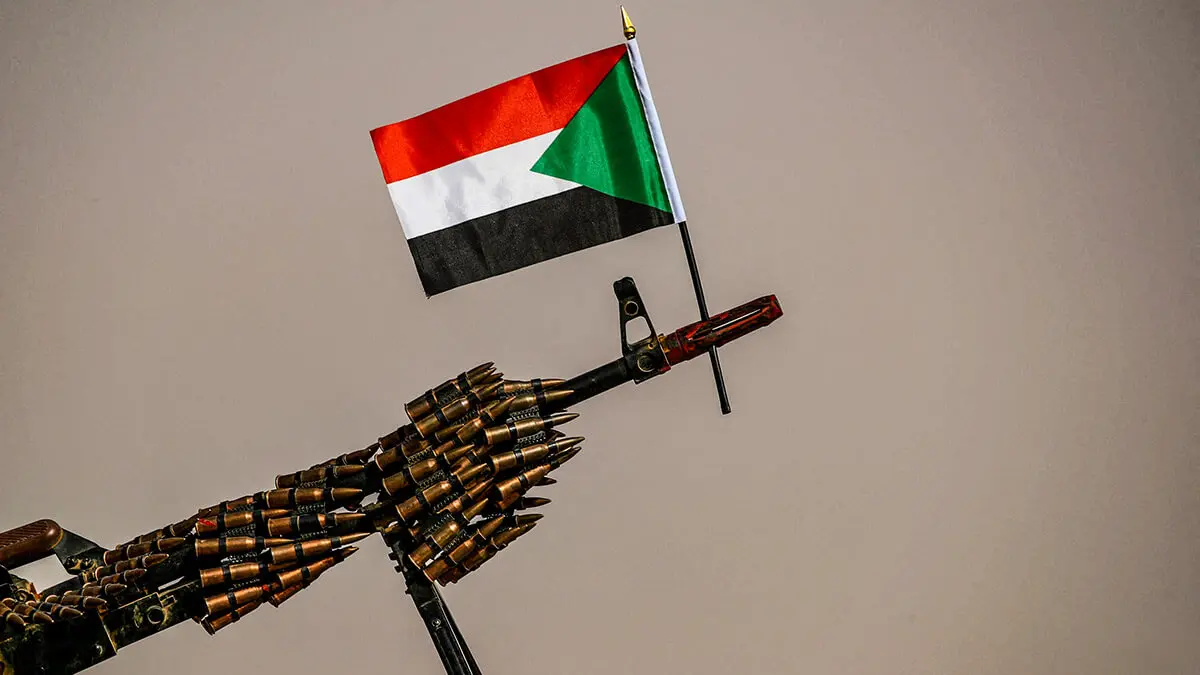
Fighting between the Sudanese army and the Rapid Support Forces (RSF) continues to spread throughout the territory. In the last few hours, clashes between the two sides have broken out in Jebel Moya, a strategic region linking the states of Sennar and White Nile, in the southwest of the country.
Local television in Sennar state reported that the army had "successfully" recaptured several points in the area, as well as nearby villages, something the FAR denied, claiming to maintain control over Jebel Moya.
The impact of shells on the outskirts of the town has caused massive population displacement, adding to the more than 8 million displaced people and refugees caused by the war since it began in April 2023.
This fighting comes amid FAR's expansion in the south, from Gezira state towards Sennar. This campaign, which began in December, has been mired in allegations of human rights violations.
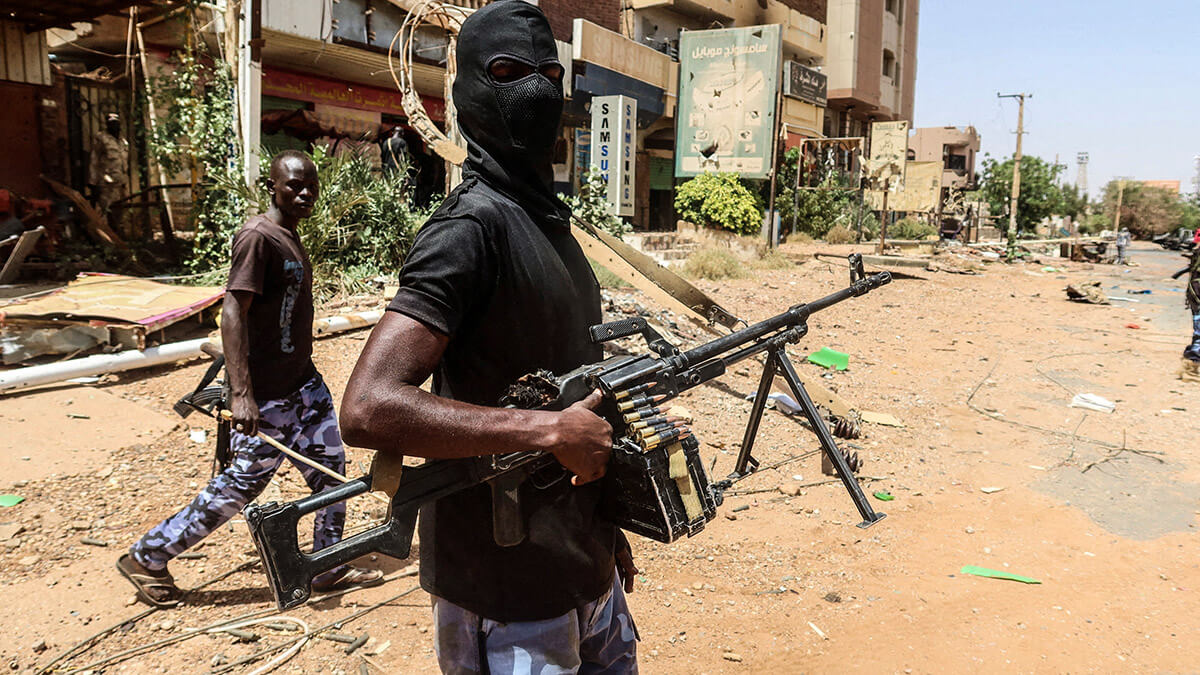
While pockets of fighting are expanding, fighting continues in El Fasher, the capital of North Darfur state. FAR already overran other towns in the region last year, aggravating the security and humanitarian situation in the face of shortages of food, medicine and water, reports Al Ain.
El Fasher is now one of the most worrying spots inside the country due to the siege imposed by the FAR before it began bombing and fighting battles against the army and its allies.
According to Médecins Sans Frontières (MSF), the fighting in El Fasher has killed at least 226 people. The UN also reports that some 130,000 people have fled the city since April.

In this regard, the UN Security Council recently adopted a resolution calling on the FAR to end its siege of El Fasher. The resolution, proposed by the UK, received 14 votes in favour and none against. Russia abstained.
"We tabled this resolution to help secure a localised ceasefire around El Fasher and create wider conditions to support the reduction of tensions across the country and ultimately save lives," said UK Ambassador Barbara Woodward.
Since the start of the conflict in Sudan more than a year ago, the World Health Organisation estimates that around 16,000 people have been killed and 33,000 injured. The war has also displaced more than 9 million people and left some 5 million at risk of famine.

Sudan's health system has almost completely collapsed. Khartoum estimates that losses in this sector amount to approximately 11 billion dollars.
Although it does not receive the same media coverage as other wars, Sudan is, in the words of Linda Thomas-Greenfield, US ambassador to the UN, "the biggest humanitarian crisis on the face of the planet".
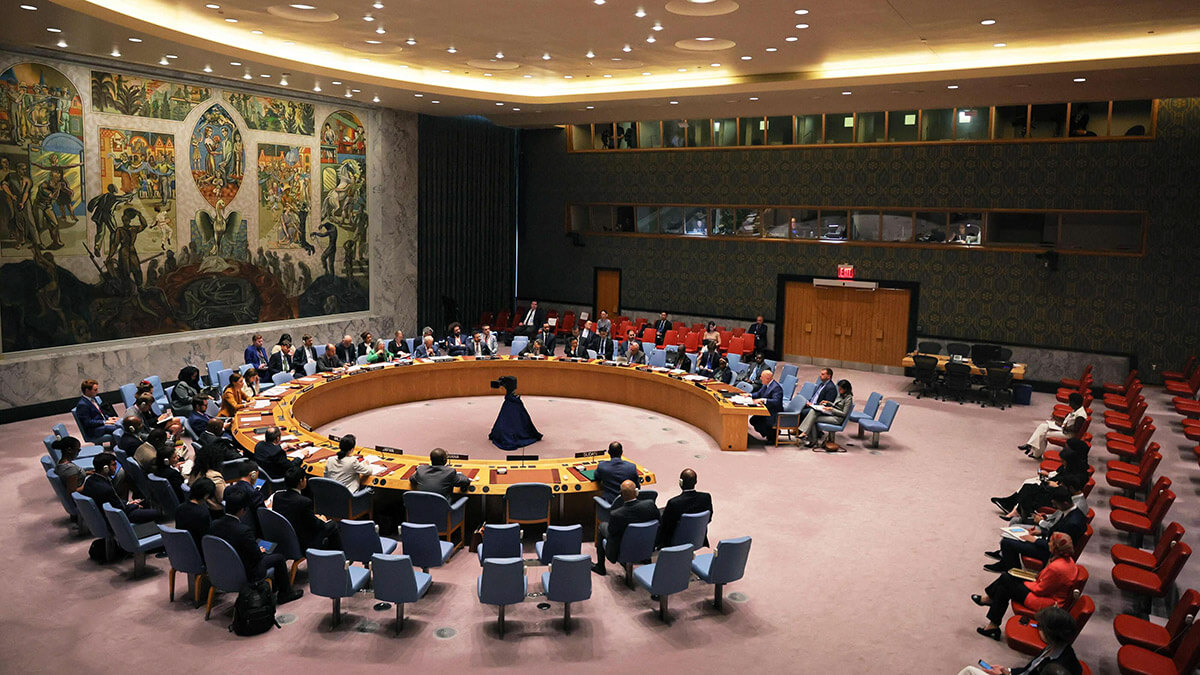
Fighting reaches Libya
As the conflict widens in the south, as well as in other parts of Sudanese territory, fighting has also spread in recent days to Libya, where thousands of Sudanese mercenaries have been fighting for years within Marshal Khalifa Haftar's forces. However, following the outbreak of war in Sudan, many have returned to support the different sides in the conflict.
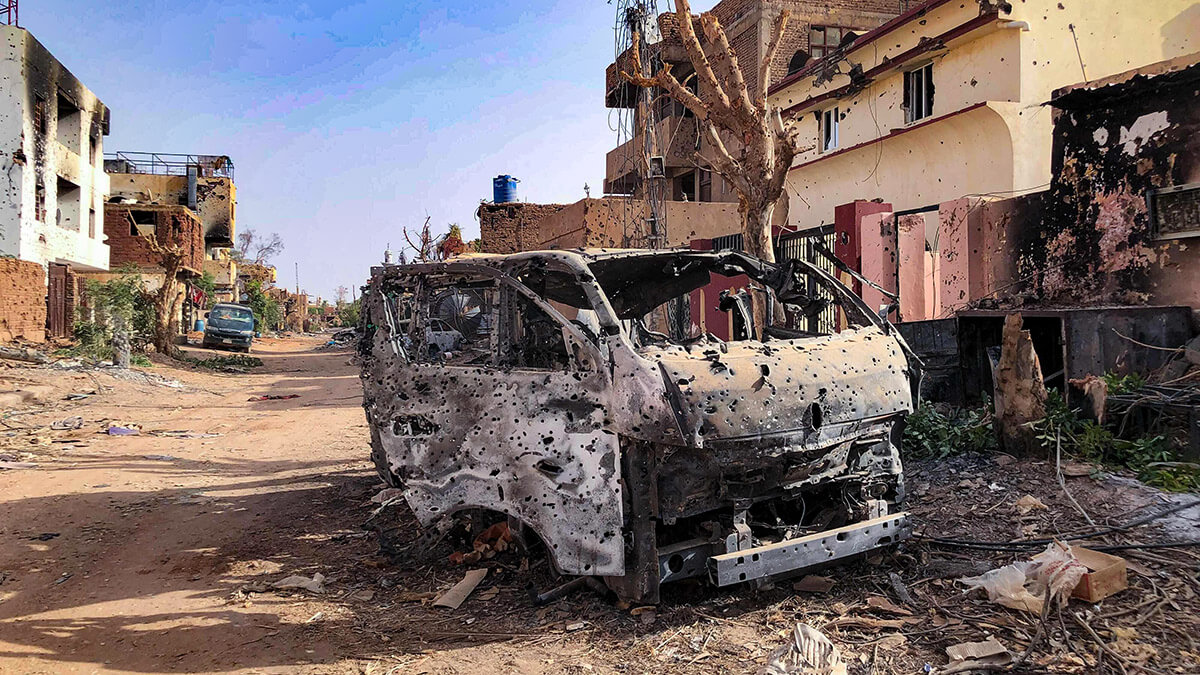
Fighting has taken place between the faction of the Sudan Liberation Movement (SLM) led by Darfur Governor Minni Minawi - an ally of the Sudanese army - against a group of deserters from the so-called Awakening Revolutionary Council (ARC), a militia under Musa Hilal.
Although this organisation is also aligned with the army, this faction, led by General Mohamed Bakhit Ajab Al-Dor, supports the other side in the war, the FAR.

